Something farmers and homesteaders enjoy is trying out new foods for their farm animals. It would be especially helpful to find a food that is inexpensive but provides enough nutrients to promote healthy growth.
One common feed supplement for farm animals is fermented barley.
Fermented barley is the product of storing barley in an oxygen-free environment, in which anaerobic bacteria act on them and change the pH (and composition) of the grains.
Which farm animals can eat fermented barley?
Here are 5 farm animals that you can feed fermented barley to:
Table of Contents
1. Cows
Cows are ruminants, which means they have a rumen (an organ that houses a lot of bacteria and other microbes that aids in their digestion). Since cows have a lot of bacteria in their guts, they can eat fermented grains.
What you should know about cows is that fermentation occurs normally in their rumen, so feeding them with fermented products such as fermented barley only makes the nutrients easily (and quickly) available to the cows.
Fermented barley has a lot of benefits to cows as you are not only feeding them the grains, but you are also feeding them with beneficial bacteria. This means that your cows can easily (and quickly) digest other types of food that you feed them with as they have more bacteria in their rumen.
2. Goats
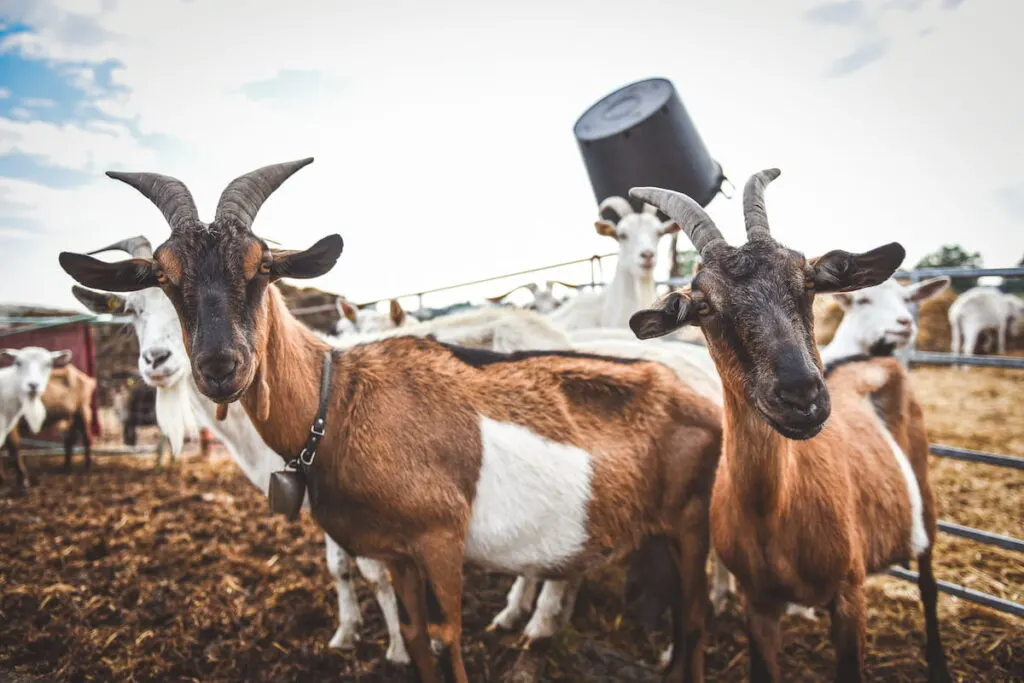
Just like cows, goats are ruminants and enjoy eating fermented barley. You should give fermented barley to your goats as a treat because even though goats can eat as much fermented barley as you provide, it can be expensive to maintain an only-grain-ration for your goats.
Give your goats cheaper or less expensive feed such as grass, hay, straw, etc. in addition to a fermented barley supplement.
3. Sheep
Cows, goats, sheep, etc. are all ruminants. Instead of giving fresh or dry barley to your sheep, you should give them fermented barley because it is good for their stomachs (rumen).
Lambs grow faster with fermented grains.
4. Pigs
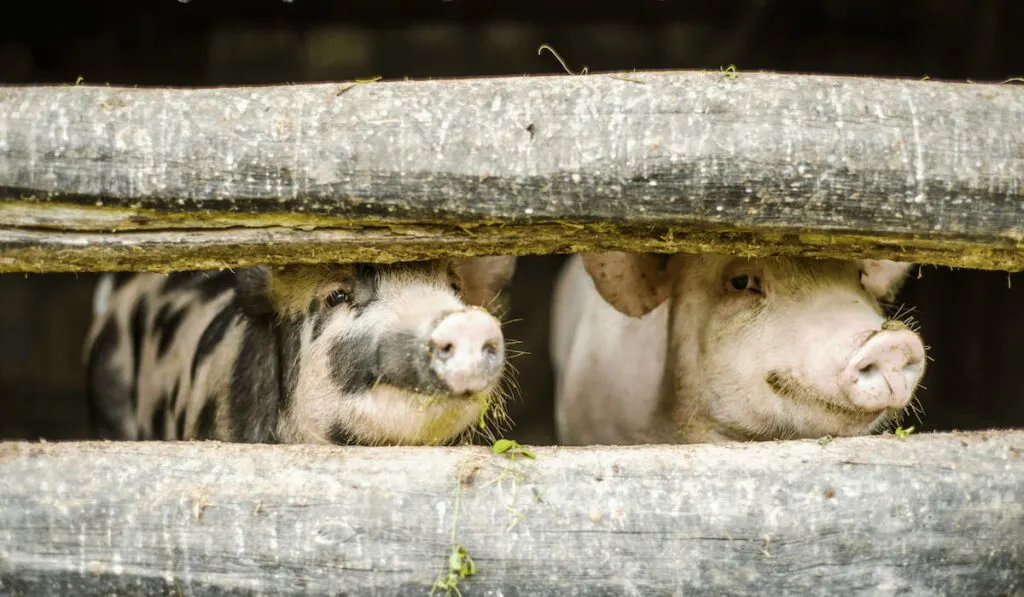
Even though they are not ruminants, pigs can eat fermented barley.
You should note, however, that most experienced farmers recommend feeding your pigs with one part fermented barley mixed with one part normally dried barley for the best result.
Your pigs can grow faster and become weightier when fed with fermented grains.
5. Chickens and Other Farm Birds
Fermented barley can provide natural antibiotics and probiotics to your farm birds, help your farm birds digest their food quickly, and also increase the number of digestible nutrients in the barley. While farm birds such as chickens, ducks, turkeys, pheasants, etc. can eat unfermented barley, they can also eat fermented barley.
Note that rabbits and chinchillas (and a few other animals) can eat fermented grains as well.
Now you know several farm animals that can eat fermented grains. How do you make fermented barley for your animals? Continue reading.
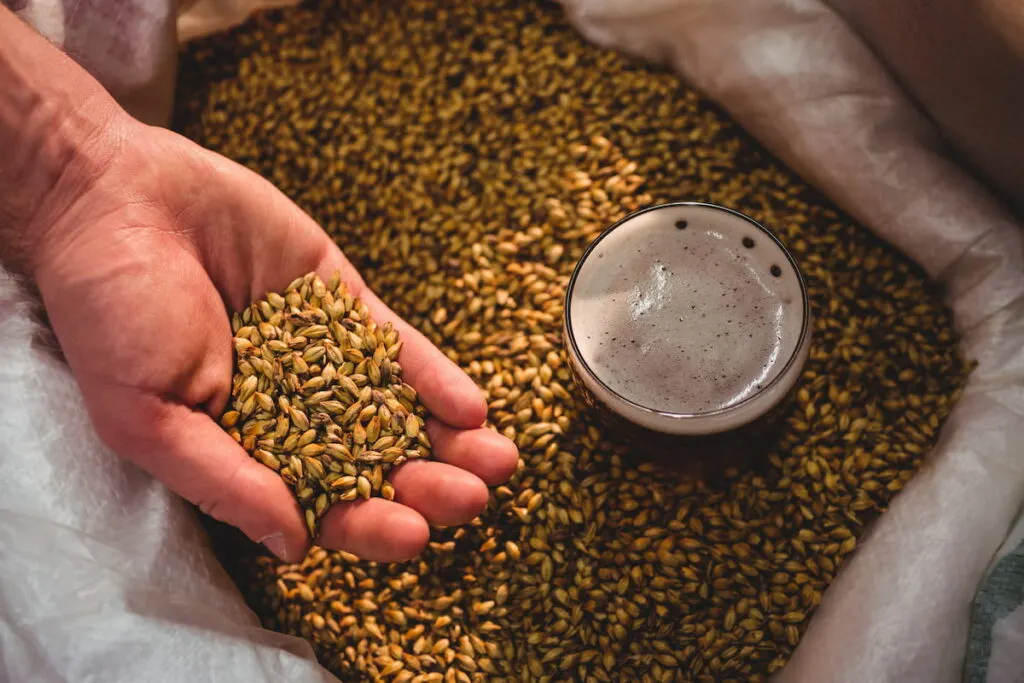
How to Make Fermented Barley for Your Farm Animals
You may have heard of fermented barley for quite a while without knowing how to make some for your farm animals. Well, follow the steps below:
- Get the Barley: You can get any grain of your choice, but the most recommended fermented grain for farm animals is barley.
- Get a Container: You should use a glass jar for fermentation. If a glass jar is not available, you can use a plastic container.
- Rinse the Grains and Place them into the Container: You should rinse the grains before placing them into the container. Also, try to look for insects and other non-grain objects as you rinse.
- Fill the Container with Water: You should use clean water when fermenting the grains. Cover the barley with water and close the lid of the container.
- Wait for Three to Five Days: After 3-5 days, the fermentation should be complete. You should see some bubbles floating on the water surface. If you cannot find any bubbles, wait for 1-2 days.
- Feed Your Animals with the Fermented Grain: When the fermentation is complete, you should feed your farm animal with it immediately.
- Select the Best Duration of Fermentation for Your Farm Animal: Some birds prefer grains fermented for 3 days. Cows and goats prefer 5 or more days. Test various grains fermented in different durations to know the best duration of fermentation for your farm animal.
Fermented grains house a lot of bacteria and other microbes. If you do not store the grains properly, they may spoil before you feed your animal.
It is recommended that you use the grains immediately after fermentation (at most 2 days after fermentation). Also, note that different grains have their own specific recommended duration of fermentation.
Now you know how to make fermented barley. You also know the animals that you can feed fermented barley to. What animals should you not feed fermented grains with? Continue reading.
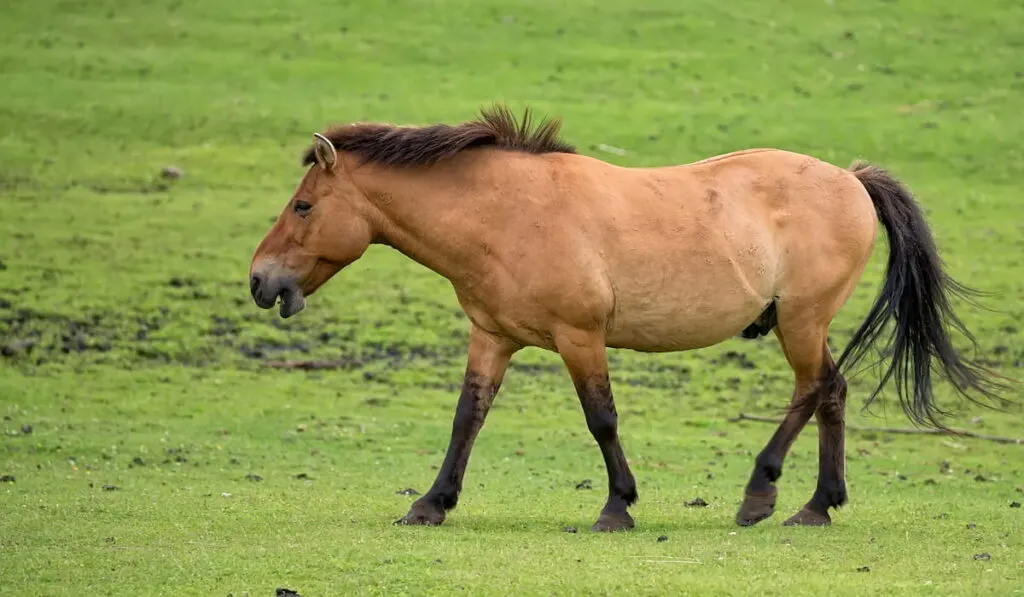
5 Farm Animals that Should Not Eat Fermented Grains
Here are some farm animals that you should not feed with fermented grains:
- Horses
- Donkeys
- Llamas
- Alpacas
- Fishes (Tilapia, Catfish, Tunas, etc.)
The various digestive systems of the animals listed above are not so great for fermented grains. Horses as well as the other animals listed do not digest fermented grains the way goats and other ruminants do and fermented grains can make your horses sick or obese.
Instead of feeding these animals with fermented barley (and other types of fermented grains), you should give them other treats such as apples, carrots, store-bought treats, etc. You can even give grains (unfermented) to your horses.
Related Questions and Answers
Here are the answers to some questions that you might ask:
1. What Are the Benefits of Feeding Farm Animals with Fermented Grains?
Some benefits of feeding farm animals with fermented grains instead of regular grains are:
- Faster Growth: The nutrients of fermented grains are readily available to your farm animal, so it helps them to grow faster as not much energy is used during digestion.
- Weightier Animal: Just like dry grains, fermented grains are rich in carbohydrates. You can use fermented grains to increase the weight of your animals.
- Natural Antibiotics and Probiotics: Fermented grains are filled with beneficial (friendly) microbes that can help the digestive system of your animal and may also help them to become immune to some diseases.
Awesome benefits, right?
2. Can Young Farm Animals Eat Fermented Barley?
For their first few weeks, young ruminants such as goats, cows, sheep, etc. should be fed with their mother’s milk or formula.
After weaning, you can feed the young ruminants with fermented grains.
As for birds, you can feed them with fermented grains when young, but during brooding, you should give them more protein-rich feed such as processed feed so that they can grow their feathers and leave the brooder box quickly.
3. Can Pets Eat Fermented Products?
If by pets you mean dogs, cats, and the like, you cannot feed them with fermented products. Most domestic pets cannot digest fermented products as farm animals can. Also, fermented products such as yogurts, grains, etc. can make your pets obese.
If you have uncommon pets such as goats, ducks, cows, etc., you can feed them with fermented products.
4. Why is Barley the Grain of Choice for Farm Animals?
Barley is a very popular grain for feeding animals because the barley plant is easy to cultivate and grows quickly. Barley seeds also have a fair amount of proteins (12%).
While the protein content of barley is lower than that of wheat and other grains, barley is cheaper than wheat, so it is less expensive to raise farm animals with barley than with wheat.
Barley is very popular across the world and farmers in many countries use barley as fermented grains or hydroponic fodder for their farm animals.
5. What Other Fermented Products Do Farm Animals Eat?
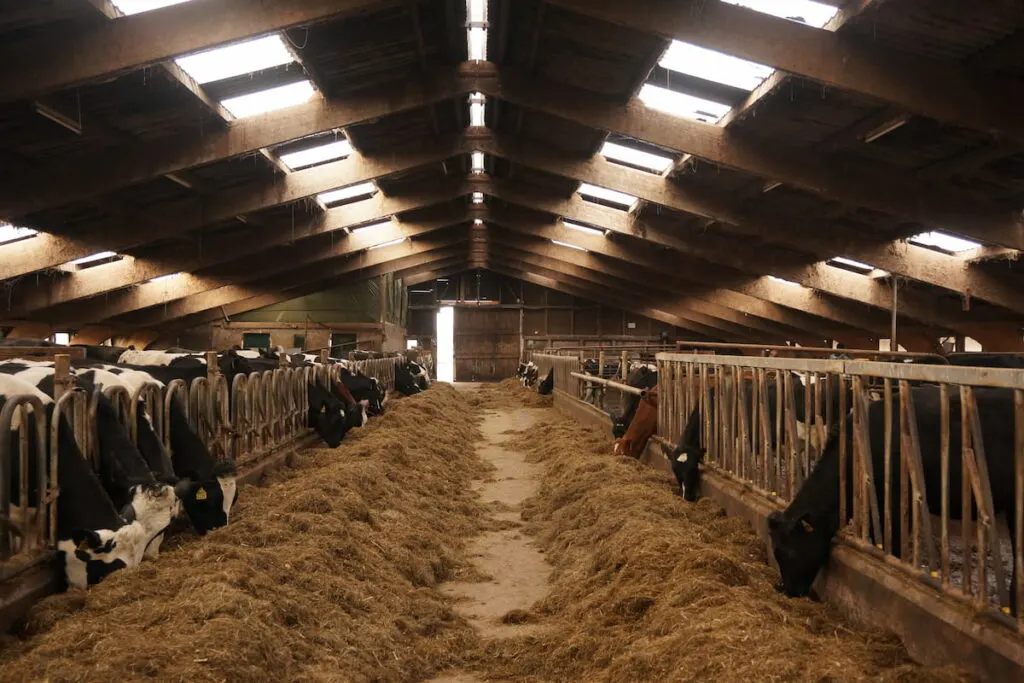
Another fermented product that farm animals eat is silage. Silage is simply fermented grass or corn. Silage is given to farm animals in winter (when food is scarce). Fermenting grass (instead of drying it to become hay) helps retain more nutrients and also helps the grass to remain edible by animals in winter.
You can make silage by:
- Cut the Grass: If the field is large, you should use a swather to cut the grass. A lawnmower is also recommended for small grass areas.
- Expose the Grass to Sunlight for a Day: You just want to reduce the moisture content by 30-40%. Don’t wait until the moisture goes below 60% before you remove it from direct sunlight.
- Harvest the Grass with Forage Harvesters: You can use any machine that can chop the grasses into smaller pieces.
- Store the Chopped Grass in a Pile or Pit and Cover: When you have arranged the pile or pit with the chopped grass, you should cover it with polyethylene plastic (black color is recommended).
- Look for Holes and Seal Them Immediately: Holes or openings can expose the grass to air (oxygen) and fermentation works in an anaerobic (oxygen-free) environment.
- Wait for Two or More Weeks: The silage will be ready in at least two weeks. You should not harvest it before then.
- Take Only What You Need: Note that the silage will spoil quickly when you expose it to oxygen-rich air, so you should collect only what you need to feed your animals.
Making silage is easy, right? Ruminant animals such as cows, goats, and sheep eat silage and horses can as well, but make sure that it is not moldy at all.
Have you found the answer to your question?
Final Thoughts
You can use fermented barley as a feed supplement for animals such as cows, sheep, goats, pigs, chickens, other farm birds, etc. Fermented barley just like other grains, can improve the digestibility and growth rate of your farm animals while giving them some beneficial microbes that can keep them healthy.
